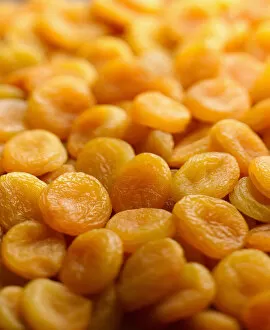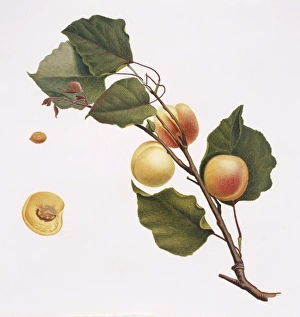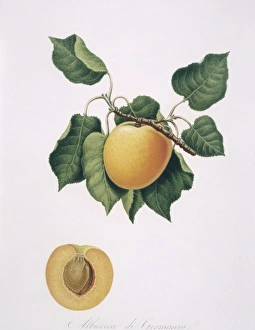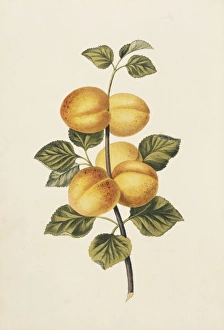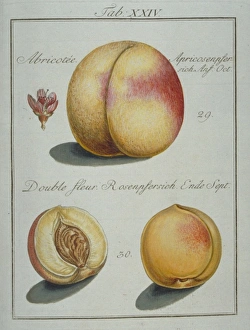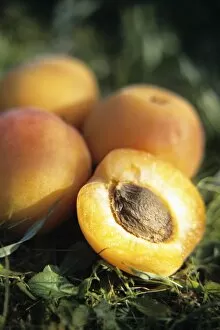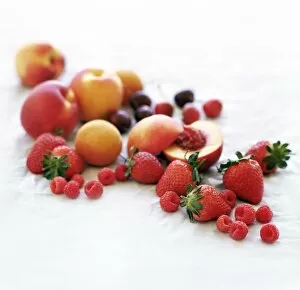Prunus Armeniaca Collection
"Prunus armeniaca: A Delightful Journey into the World of Apricots" Discover the enchanting beauty of Prunus armeniaca, also known as apricot
All Professionally Made to Order for Quick Shipping
"Prunus armeniaca: A Delightful Journey into the World of Apricots" Discover the enchanting beauty of Prunus armeniaca, also known as apricot, through a captivating collection of images and illustrations. Pierre Joseph Redoute's masterpieces showcase the Black Apricot and various Apricot varieties, highlighting their exquisite colors and textures. Immerse yourself in nature's artistry as you witness a mass of dried apricots, evoking a sense of nostalgia and culinary possibilities. The delicate blossoms of the Apricot tree - Prunus armeniaca - paint a picturesque scene in Lower Austria's Wachau Valley, with Aggstein castle ruin standing majestically in the backdrop. Indulge your taste buds with six slices of toast adorned with an array of delectable jams – rhubarb jam, apricot jam, strawberry jam, orange marmalade, cherry jam, and ginger marmalade. Savor every bite while enjoying a porcelain plate accompanied by a cup of coffee perfectly complemented by luscious apricot jam. Witness Konstanz in Baden-Wurttemberg come alive as an Apricot tree - Prunus armeniaca - adorns its streets with branches bursting with vibrant blossoms. Feel connected to nature as ripe apricots grow on trees in Chuquis within Huanuco Province, Peru – reminding us that these fruits are not only delicious but also hold economic significance for local communities. As we explore this botanical wonderland further, we encounter three nectarines – one cut in half – showcasing their succulent flesh ready to be enjoyed. Finally, Henry Louis Duhamel du Monceau's botanical plate by Pierre Joseph Redoute captures the essence or Armeniaca vulgaris beautifully.

